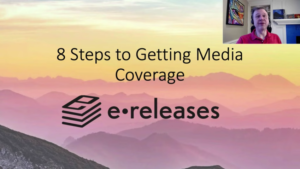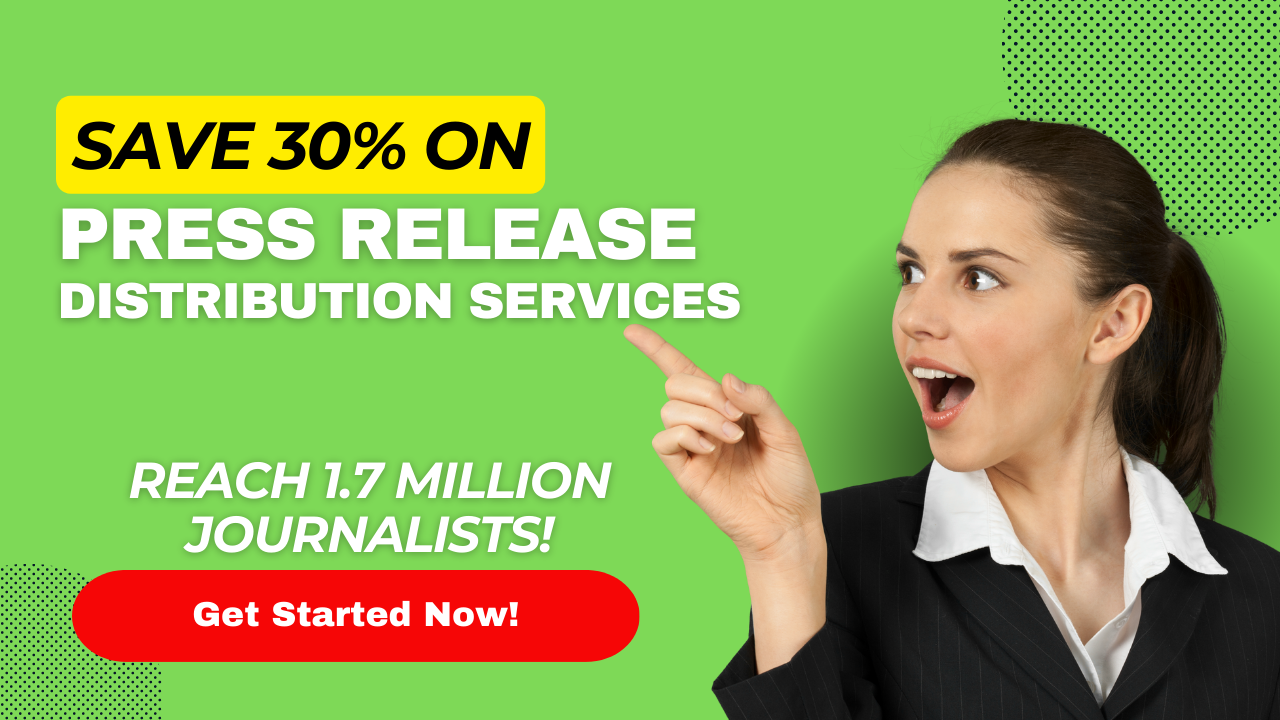 It’s easy for public relations firms to overestimate the impact of media coverage. Unless you land your client on the cover of Time or the front page of the New York Times, it can be disheartening to see how little impact a single piece of media coverage brings. My own history with media coverage is an example of how difficult it is to quantify the benefits of media coverage in the public relations world.
It’s easy for public relations firms to overestimate the impact of media coverage. Unless you land your client on the cover of Time or the front page of the New York Times, it can be disheartening to see how little impact a single piece of media coverage brings. My own history with media coverage is an example of how difficult it is to quantify the benefits of media coverage in the public relations world.
My first major media exposure came in 1997; I decided to donate a portion of my (now defunct) record label’s revenue to a charity named War Child. The organization provided essential needs to refugee children in war-torn areas such as Kosovo and Rwanda. I helped the cause because I believed in it, but I I also understood the subsequent media coverage could only help my business.
It was troubling to find out how little the media cared about the cause, however. A small item in Billboard and a few other trade magazines was all the coverage our efforts garnered. The incident hasn’t soured me on helping charities; after the 9/11 terrorist attacks, I used my web site to promote an organization called Silicon Alley Cares. But the reward in charity work comes from helping people, not trying to reap good publicity.
Nonetheless, media coverage has been an important cog in the marketing plan for my web site. The only advertising I have ever done has been on a swap basis: trading ads with other website publishers. Measuring the impact of media coverage on my business has been easily quantifiable: simply look at my web site’s traffic logs to see if there’s been an increase in visitors.
In December of 2000, I was featured by the Industry Standard, a now defunct new economy magazine. I saw an upward surge in traffic the day the article hit the newsstands and was posted online. A few weeks later I was interviewed live on CNNfn (now CNN/Money) and my traffic was essentially flat that day. The difference between the two results was telling.
Television exposure is good, but like any media coverage, it must be targeted. My web site was targeted toward who worked in the financial industry and wanted a heads-up when it came to impending layoffs, closures, and shutdowns. While the information could have been of use to investors, I made the colossal mistake of publicly stating, “I don’t suggest people use this information for the purposes of buying or selling stock.” What was I thinking?
Still, the media coverage kept coming. In February of 2001, I was featured in the Wall Street Journal and traffic to my web site soared. This was a few days after CBS MarketWatch picked up a story I had broken and included a brief item about my web site. At the time, I was working full-time for an internet company on the verge of shutting down and hoped to position my web site as the next phase in my career.
What I wanted from the Wall Street Journal article was exposure to businesses who may have been interested in advertising on my web site, or perhaps even buying it from me. What I got was something in between–a job. A few weeks after the Wall Street Journal article, a mutual friend introduced me to an editor at the New York Post. The editor said he was familiar with my web site, but he said the WSJ article caught his attention. Apparently, it made me “a player in the New York business and media scene.”
After a brief courtship, I ended up with a weekly, branded business news column in a Top Ten circulation newspaper. My deal with the paper is the single highest source of revenue for my business, and it was all because of one piece of good publicity.
So the Wall Street Journal article was a catalyst. CNNfn and CNBC both called me and asked me to appear live soon after. I politely declined both offers. My first experience on television was a bad one and I wasn’t comfortable appearing live on television with little forehand knowledge of the line of questioning. I also remembered how little my first television appearance helped my web site.
A writer from Wired was working on a story about the implosion of the doct-com sector. She wanted to interview me, a venture capitalist and a dot-com company founder. She positioned me first in the story as the “harbinger of bad news.” Wired’s readership, a tech-savvy crowd, responded wonderfully. My web site was concentrating mostly on tech companies at the time, so the article was a perfect introduction. Traffic soared once again, establishing a new monthly plateau for my readership.
The funny thing is that when the Wired writer contacted me, I assumed I would get a quote and a brief description of my web site. But the article allowed me sound off in an intelligent manner. I underestimated the impact of media coverage in this case.
But some media coverage has had absolutely no impact. I’ve been quoted in publications such as the New York Times and the Washington Post, making for a good press kit but little in the way of a quantifiable spike in traffic. Similarly, I’ve been on the radio quite a few times without being able to quantify the exposure.
Media coverage is an important part of public relations, brand building, and marketing. But public relations professionals shouldn’t be surprised if the can’t immediately quantify the exposure for a client or company. Don’t get depressed if the payoff for good publicity never seems to come. Some media coverage can make a huge difference, but some can be forgotten almost as easily.
Bonus PR Fuel Reader Q&A’s
PR Fuel readers have written in with a variety of questions. Here are a few of the more interesting queries:
Q: What is the optimum word count for a press release?
A: There’s no optimal word count, but press releases should be kept to a one-page maximum. Use a Microsoft Word document and a 10-point font to figure out the length of your press release. The one-page idea comes from the days when most press releases were faxed to media outlets. Now press releases are a question of not bogging down someone’s email and holding their interest.
Q: In light of today’s economy, how would you advise a small public relations business that has clients who cannot afford a distribution service like eReleases.com or newswire PR Newswire to get their press releases read by journalists? Obviously, most public relations firms are hired based on their relationships with the media. But there are always situations where a public relations firm, of any size, will have to reach out to new media outlets and hiring a wire service is not always an option.
A: I understand that the economy and the bottom line is a huge issue when it comes to the public relations business. Depending on how you structure your contracts with clients, press release distribution should be factored into the equation. Don’t think reaching out to a new media outlet won’t cost you money.
As I write this, I’m preparing to have dinner with a publicist. She wants to make a good first impression on me. Will it matter? The money she spends won’t matter to me; it will still be about the publicist and the client. But would I have gone to the client’s office or the offices of the public relations firm? This particular publicist knows that a good meal as part of a first-time meeting is a good idea.
This isn’t to say you need to schmooze every journalist, but a phone call just won’t do when it comes to building a relationship. If money is particularly tight, though, I suggest a simple, well-meaning introduction via phone or email. You may receive more attention because you’re a smaller firm with select or niche clients, someone who won’t be bugging journalists all the time on behalf of a dozen companies in different sectors. You may also want to consider partnering with a larger public relations firm who can help offset the costs of distributing a press release. I know one public relations firm in New York that does all the online pitching–i.e., they only pitch web sites–for another firm in exchange for press release distribution and other shared resources.
This article, written by Ben Silverman, originally appeared in PR Fuel (https://www.ereleases.com/prfuel), a free weekly newsletter from eReleases (https://www.ereleases.com), the online leader in affordable press release distribution. To subscribe to PR Fuel, visit: https://www.ereleases.com/prfuel/subscribe/.
